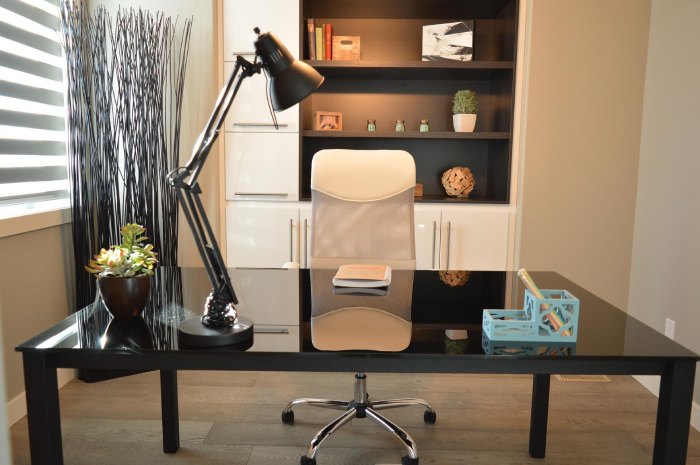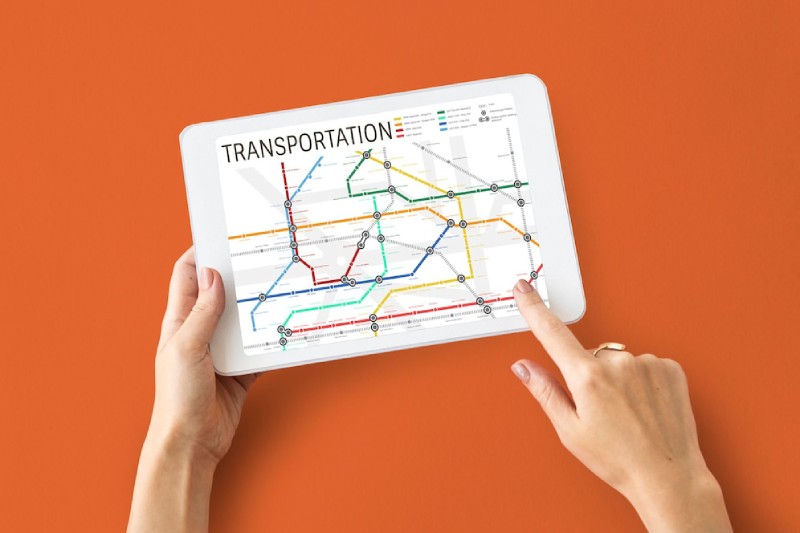
Wrist Rests, Office Chairs, And Desk Height: The Ergonomics Of A Good Workspace
Ergonomics is a branch of science that focuses on design based on the people’s needs and aims to increase comfort, productivity, and efficiency. A deep understanding of ergonomics can save workers from discomforts like back pain, stiff neck, and strained eyes by adjusting the tools and equipment. It also promotes free motion to improve posture and reduce the impact of rigid and repetitive movements.
The advancements in technology, hybrid work set-ups, and increasing dependence on computers have significantly increased the need for ergonomics. However, simple adjustments to your office equipment can make you more comfortable and productive. If you are looking for cheap and high quality stationery and office supplies, shop at www.aosonline.co.uk.
When setting up a workplace at the office or at home, you should assess your equipment and tools, including your computer monitor, office chair, desk, keyboards, and lighting. Then, think about how you feel at the end of the day. Are your eyes strained? Are your wrists stiff? Does your back hurt? If your answer is a resounding yes, then keep reading for some tips on how you can improve your workspace.
Desk Height
When typing, your arms and wrists should be parallel to the floor or slightly angled downwards to reduce pressure and strain. However, typical desks between 25 to 30 inches high are only ideal for people who are at least 5 feet and 10 inches tall. For shorter people to keep their arms parallel to the ground, they can raise their chairs, while taller people can adjust the table’s height by placing a sturdy board under the desk legs. You can also try mounting a tray under your desk to hold your keyboard or using a footrest to support your feet. In addition, you should also keep the space under your desk empty to give clearance to your feet, thighs, and knees.
However, it is almost impossible to achieve the perfect desk height to accommodate all the five main office tasks: writing, reading documents, typing, viewing your monitor, and using the mouse. So an adjustable table is recommended so you can quickly switch positions, stand up, and sit down at regular intervals.
Office Chair
The best office chair supports your spinal curves or the natural S-curve of your back. When you sit down, your lower and mid-back should feel comfortable, and your back should feel rested, not strained. In addition, ergonomic chairs can improve your posture and reduce back pain, so if you are spending hours at your desk every day, investing in a great office chair with lumbar support is an excellent idea. Also, ensure that your chair’s height allows your feet to touch the ground, adjust it accordingly or use a footrest.
Wrist Rests
A wrist rest is an attachment for both keyboards and mousepads, which can lessen the stabilising control exerted by your muscles. It can also help support your forearm and keep your wrist neutral. You can try wrist rests made of memory foam and gel since they reportedly give the most comfortable touch.
Conclusion
Understanding the ergonomics of your workplace can boost your productivity, lessen your discomfort, and save you from body aches. These simple guides can help you get started with your office transformation.

The Etsy Business Model: How Does Etsy Make Money?

How eCommerce Solutions Are Revolutionizing the Way We Do Business?

How to Protect Your Personal Data Online

6 Tips for Being a Successful Fleet Manager

How Should you Analyse Competitors Social Media Strategies




